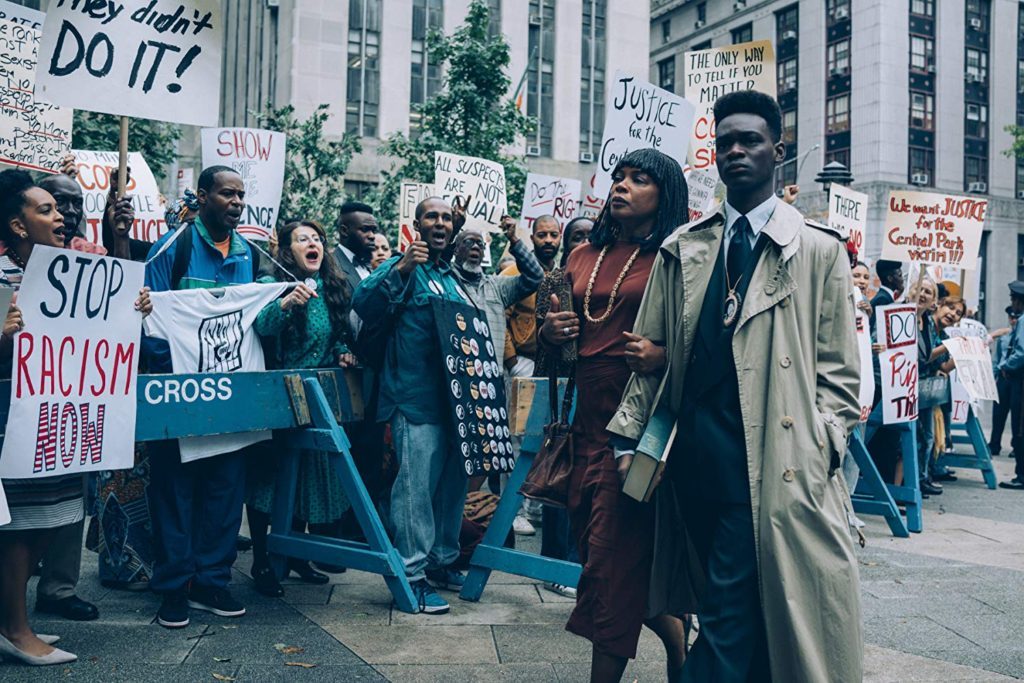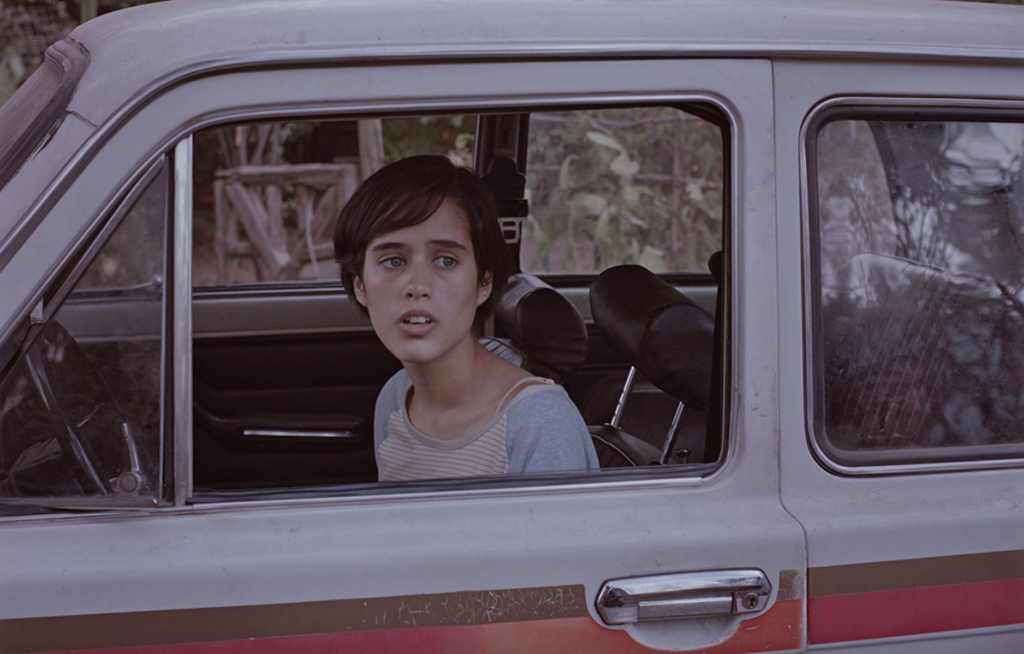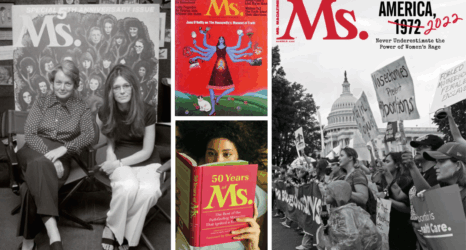
Picks of the Week is Women and Hollywood‘s newest resource. W&H writers are often asked for recommendations, so each week they’ll spotlight the women-driven and women-made projects—movies, series, VOD releases and more—that they’re most excited about. (Sign up for the Women and Hollywood newsletter at womenandhollywood.com to get each week’s picks delivered to your inbox!)
Miniseries of the Week: “When They See Us”
Created and Directed by Ava DuVernay

“When They See Us” is equal parts infuriating, horrifying and heartbreaking. Ava DuVernay’s miniseries follows the Central Park Five—protagonists Antron McCray, Kevin Richardson, Yusef Salaam, Raymond Santana,and Korey Wise—from the hours before the crime for which they’re blamed through their wrongful conviction and into their lives post-incarceration and eventual exoneration in 2002.
On the night of April 19, 1989, a white woman was brutally beaten and sexually assaulted in Central Park. Antron, Kevin, Yusef, Raymond and Korey had the misfortune of being in the park that same night and being young men of color. But that’s enough for the police and DA. For no other reason besides the Five’s relative proximity to the rape, law enforcement pins the crime on the teenagers—and coerces false confessions from them with violence, intimidation and lies.
“When They See Us” is very much the story of the Central Park Five, but creator/director DuVernay and her co-writers Attica Locke, Robin Swicord, Michael Starrburry,and Julian Breece use the four-part series to draw parallels between that moment in time and 2019. The criminal justice system, including the state of prisons and inmate welfare, is still a disgrace. Trump is still a racist fearmonger who dominates the media. And, to paraphrase one “When They See Us” character, people of color are still lied on, locked up and killed by the police every day.
The miniseries leans into the fury, horror and sorrow it provokes. It also seems to argue that we, the viewers, should embrace those emotions and do something with them. Namely: We must make sure what happened to the Central Park Five never happens again. (Rachel Montpelier)
“When They See Us” begins streaming on Netflix May 31.
Documentary of the Week: “30 for 30: Qualified “
Directed by Jenna Ricker

“Qualified” made my blood boil. It’s another movie about another woman who set the world on fire but who has disappeared from history.
Janet Guthrie wanted to be a commercial pilot, but it was the late 1950s and that was not possible. She then discovered race car driving—and she was good. Really, really good. So she raced, and she became the first woman to qualify for the Indianapolis and Daytona 500. But she could not continue her career because she couldn’t find any sponsors. In 1978, she went on “Good Morning America” and pleaded her case, and got money for that year. She came in ninth place, despite having a broken hand.
Guthrie is brutally honest about the sexism she endured to continue her career. It’s important to remember that Danica Patrick would not have the money she has today had it not been for Guthrie. We must honor the trailblazers whose shoulders we all stand on. (Melissa Silverstein)
Read Women and Hollywood’s interview with Jenna Ricker.
“Qualified” aired on ESPN as part of its “30 for 30” series May 28.
Feature of the Week: Too Late to Die Young
Written and Directed by Dominga Sotomayor

Set in post-Pinochet Chile in the summer of 1999, Too Late to Die Young tells the story of Sofía (Demian Hernández), a 16-year-old who finds herself on the brink of major change. Her commune is debating whether or not to move forward with a generator that would bring them electricity. Sofía’s focus, however, is elsewhere: she’s desperate to leave rural life, and her father’s home, behind—and move in with her mother, a successful singer who lives in the city. Sweetening the prospect of getting out of town is the fact that an older guy she’s fallen for (Matias Oviedo) is headed in the same direction.
“Too Late to Die Young has to do with the nostalgia and the demystification of a period of time,” writer-director Dominga Sotomayor told Women and Hollywood. “For me, it’s a coming-of-age story of both the young characters and a society—Chile.”
Dominga set the film during the same year her own parents “moved to a community right below the Andes on the outskirts of Santiago with a group of no more than 10 families in the middle of nature and isolated from the city.” She explained: “that summer, between December and March, was a very particular moment, a transition in itself, a parenthesis that was full of expectations.”
The film is more concerned with establishing an immersive atmosphere, and that air full of expectations, rather than plot. Sotomayor is instead offering a naturalistic portrait of a pivotal moment in its young protagonist’s life, and her country’s.
Too Late to Die Young won Sotomayor Locarno Film Festival’s Best Direction Award, marking the first time a woman has taken home the honor. (Laura Berger)
Too Late to Die Young opens May 31 in NY and June 7 in LA. Find screening info here.





